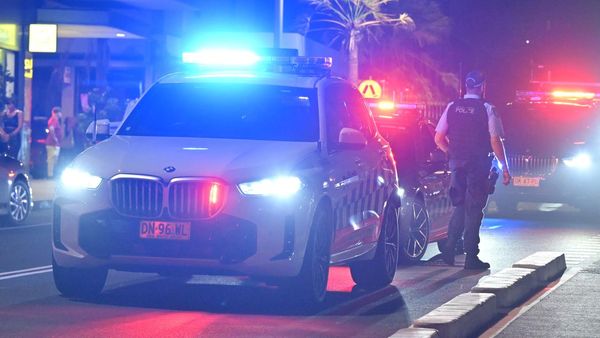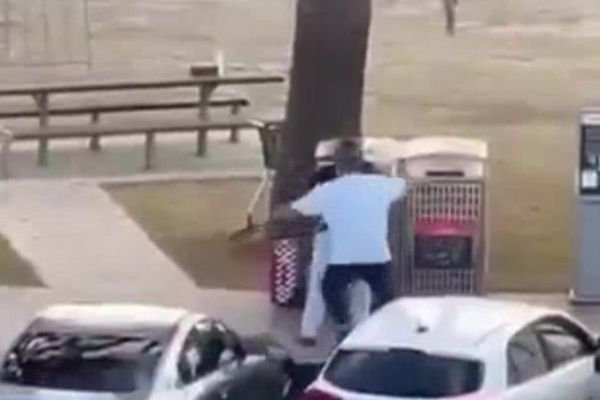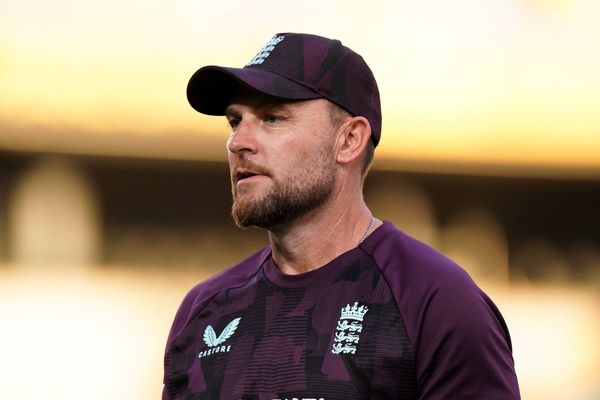
Los Angeles (AFP) - Ashley Loring, a member of the Blackfeet tribe in Montana, has been missing for a year, says a Facebook page dedicated to this student with fine features and an earnest face.
Ieesha Nightpipe, a Rosebud Sioux from Arizona, has been missing for a year and a half.She was a drug addict and fell in with the wrong people.Her sister Toni fears the worst.
Then there is Carolyn DeFord, who has been looking for her mother, Leona Kinsey, for 18 years."My mother went to the grocery store and never came back," says DeFord.
These three people are among the thousands of native American women who go missing each year in the United States.Last year, federal authorities recorded nearly 5,700 such cases.So far this year, there have been another 2,750.
The problem is so serious that the US Senate held a national public awareness day on missing and murdered indigenous women on May 5, in memory of one Hanna Harris, a member of the Cheyenne tribe who went missing in 2013.
She was later found dead, and had been raped.
'Trauma in our DNA'
The tragedy of another woman -- Savannah Lafontaine, a member of the Spirit Lake tribe who at age 21, and eight months pregnant, went missing in North Dakota and was later found eviscerated -- gave rise to a bill aimed at improving data collection and investigative procedures for these cases.
A film entitled "Wind River" that came out last year and the work of many artists have sought to draw attention to the crisis of violence plaguing women in native American communities.
"Very rarely are they found again alive and some are never found at all.It's mostly homicides.Also cases of trafficking," said Annita Lucchesi, a California cultural studies researcher who has launched a project to map the killings and disappearances of indigenous women.
Lucchesi, a native American who was herself sexually assaulted, said she realized while pursuing her PhD that "there was no universal number anyone could agree on."
So she made it her mission to gather as much data as she could.
Advocacy groups say currently available statistics underestimate the gravity of the situation because the actual number of cases reported to the police is far lower than the reality, mainly because of mistrust of the authorities.
"It starts with historical trauma when they were killing our people during the Removal Act," said DeFord, referring to an 1830 law that allowed the government to negotiate with native Americans to be moved to federal territory west of the Mississippi river in exchange for their lands.
This led to forced marches during which thousands of native Americans died.
Later, indigenous peoples were interned and children were placed in boarding schools and forbidden to speak their language.
"We carry that trauma in our DNA," DeFord said.
"We have higher rates of domestic violence, homelessness and substance use."
Epidemic of violence
Four of five native American women -- more than 1.5 million -- have been victims of violence, according to a 2010 study by the National Institute of Justice, which is the research agency of the US Justice Department.
More than one in three have been raped -- more than double the incidence among white women.
On some reservations, women are murdered at 10 times the rate of the national average.
In most cases, women's partners are to blame, and the aggressors are almost always white, said the research institute.
Tribal police lack the training and resources to cover vast areas that are sometimes remote.
Kimberly Loring, Ashley's sister, said there are 18 officers for 1.5 million acres (0.6 hectares) of land on the Blackfeet reservation.
And security forces often take too long to intervene, said John Anderson, US attorney for the District of New Mexico.
Another problem is that tribal police have no power to go after non-indigenous Americans, even for crimes committed on tribal lands.
Federal authorities are accused of ignoring many cases, and when they have followed up, many months may have already passed, meaning the trail of evidence is often cold.
Sometimes indigent or drug-addicted women who go missing, like Nightpipe or Kinsey, are not considered "credible" enough as victims to warrant a missing persons report, said DeFord, who charges there was no real investigation into her mother's disappearance.
All this "gives the message that there is no consequence," said Mallory Black of the Strongheart Native Helpline.
The #MeToo movement targeting sexual violence against women has helped parents and native American victims to realize they are not alone and to mobilize.
But each new disappearance, each new killing, brings more raw pain.
"Every time someone was missing I felt I was losing my mother again," said DeFord."I would imagine what had happened to my mum all over again."
Says Nightpipe's sister Toni: "I cry every day.I pray to God.I can't help thinking about her."







